This past weekend was quite athletic endurance challenge. First up was the much hyped biking festival in Chusclan. Then, after taking a quick shower and packing up the car, we drove to the Alps for two days of snowboarding at the only
ski resort in
France already open for the season. By Tuesday morning, I was suffering a full-body ache.
On Saturday morning, however, I felt great. I was up at 8:00, took out the dog, and made myself some ham and eggs with melted Roquefort cheese. My stomach usually goes through its own acrobatic routine during athletic events, so reserved plenty of time to digest breakfast. A little before 10:00, we rode down to the
Chusclan Cave for the beginning of the race.
I could not believe how many people had ventured into town for the event. Once again, it appeared as though an event had brought out more than the entire population of the village. Our landlord, a proud member of the Chusclan
cycling club, had volunteered to help out with the registration. He reported that around 1,500 people had already signed in by 9:00. Despite all the activity, I secretly hoped that the mountain bike
trails would be mostly clear by the time I began my run.
It only cost $7 to register for the event, and all participants received a bottle of Chusclan
wine. Locals, including yours truly, ride free. This clearly wasn't a money making operation, just another advertising opportunity for the local wine grower's cooperative. With such an impressive domestic advertising campaign, it's a wonder that the cave doesn't also export. Keep your eyes open for the Laudun-Chusclan appellation.

After receiving my riding instructions and course map, I said goodbye to Mary Ann and started up the mountain bike course. There was also a road ride being run concurrently. Bikers had fanned out over 40 km in the surrounding countryside. Luckily, the day seemed ripe for a bike ride. Some fog kept the ground temperature cool and comfortable. Lacking all the fancy gear worn by most riders, I was thankful not to be sweating profusely through my warm-up pants and long-sleeve tee.
Turning on the main road through town, I quickly found myself behind about 25 other riders on their way to the
off-road courses. We rode slowly through the village and up the narrow roads just outside of town. At this point, most riders were still in groups with their friends. They carried on conversations while the ascent was still moderate. I did notice two female riders struggling in a very
high gear to climb the moderate paved slope. They would be in for a very long day. I slipped ahead at the first opportunity.
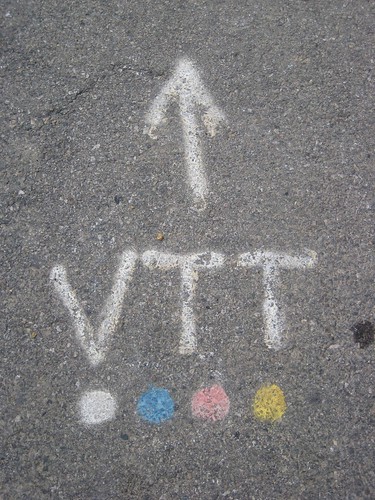
Four days earlier, I had noticed that the trail markings were up and took a test run through two-thirds of the 25 km course. This proved to be very helpful, because I knew when to anticipate sharp turns and forks in the road. Four different courses were available. The longest was 57 km and very technical. From previous adventures through the Gicon hills, I knew to
avoid the red-marked trail. However, on many occasions throughout the race the trails overlapped and therefore a wide variety of skill levels rode side by side.
The first test came about 1.5 km outside of town. We turned left sharply and were confronted by a steep climb over a dirt path littered with loose rocks. I knew the climb was coming, and attempted to gather speed. However, many of the riders in front of me were woefully unprepared for the beginning of the endurance challenge. Somehow, I managed to weave around the stalling cyclists while maintaining balance and shifting into my highest gear. Five months ago, I had stalled half way up that climb. Now I was in better form, and it helped that all the previous riders had helped to mat down the loose dirt and clear away larger stones.
While many riders waited for their friends at the top of the hill, I passed by and followed the sign for the blue trail. The reward for the tough initial climb was a nice descent through the dense brush. Eventually the path opened up to another hillside vehicle path. On a clear day, I would have seen the
Rhône River and Mt. Ventoux beyond, but on this day the mist obstructed everything just beyond the cliff edge.
For a time, I continued on without confronting any other cyclists. My path turned left and into the vineyards on the Gicon plateau. The soil there was sandy, and I knew to ride up onto the ditch banks in certain spots to avoid getting stuck in the sand. Riders making their first voyage through this course had to dismount and walk through the momentum-killing sand.
Throughout the adventure,
Don McLean's
American Pie song ran through my head. Depending on the rate of my peddling, I would hear different verses at the equivalent speed. Strangely, I never really did think of the chorus. I remember the last time I ran a 5k, the Eurithmics' Sweet Dreams was my cadence. Strange how random songs will permeate your thoughts. However, unlike a monotonous foot race, I needed all my concentration to navigate the tough single track.
Deeper into the course, the difficulty level rose for everyone. I was prepared on most occasions, but had to stop at many of the most technical runs because riders in front of me had fallen. This can be especially annoying when you're trying to maintain momentum for inclined sections. At one bouchon, or bottleneck, a kid pushed past me, unaware of the reason for the stoppage. Apparently, I made enough disapproving sounds that his friend called to the side, so I could proceed in front again.
On several occasions, I saw large groups of kids on the course. They were typically chaperoned by a few patient adults. Their ride must have taken forever, because every time they were pulled over waiting for the kids holding up the rear of their party. I took just two breaks in my two hour journey. The first came before the ascent to the high point of the Gicon.
Peddling up the longest ascent of the course, I focus on maintaining a constant peddle rate and the same American Pie verse. When I made the final turn to view the Cèze Valley from atop the hill, the view was reward for all the hard work. By then, the morning haze had lifted, revealing the multicolored valley of vineyards and olive trees.
I was now 15 km into the tour. A rest stop, or ravito, was set up to allow bikers to replenish their sugars. I eagerly grabbed a nut bread, some gummy sugar snacks and, then because it seemed like the French thing to do, I also had a glass of red wine and some dark chocolate. Really! Later, I would regret that decision, but I was feeling good a the time.
Continuing on, I turned up the steep incline to the base of the Chateau de Gicon. Once again, my prior knowledge of the course helped me gather the speed to make the touch climb. However, for the next several kilometers, I would have to navigate uncharted territory. Eventually, I came to a sharp drop in the path that took me by surprise. My rhythm had been disrupted by the break. The first bump dislodged my feet from the pedals' toe clips, and I had to dismount. It was several more meters before I found a suitable flat stretch where I could reset and gather myself for the final stages of the course.
Back on more familiar territory, I was now struggling with fatigue. With every descent, I could only think of the difficulty in having to climb again. I leapfrogged with several other riders also struggling to complete the challenge. Eventually, we reached the final descent. My legs were so tired that I could barely hold the bike under control through the steep decline. Again reaching the familiar streets of Chusclan, momentum carried me to the cave.
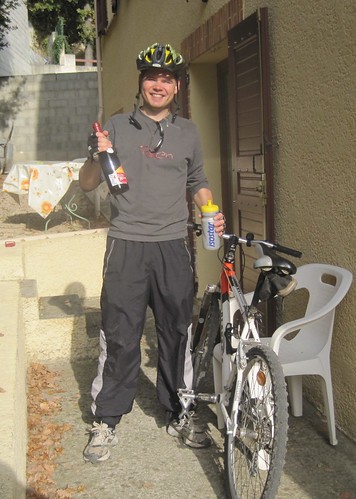
Since riders were competing at the own pace, there was no grand finish line. However, there was the matter of receiving your final reward. First I found my landlord running the raffle for free T-shirts and water bottles. I hoped that he might help me cheat to win, but to no avail I cam up empty on that contest. But I still had a bottle of wine to claim. They stamped my map complete and handed over the award winning red.
My final challenge was to ride back home carrying my wine bottle while chewing a delicious apple. Mary Ann applauded my conclusion and then strictly ordered me to shower. There would be time to rest in the car on the way to the next athletic adventure.
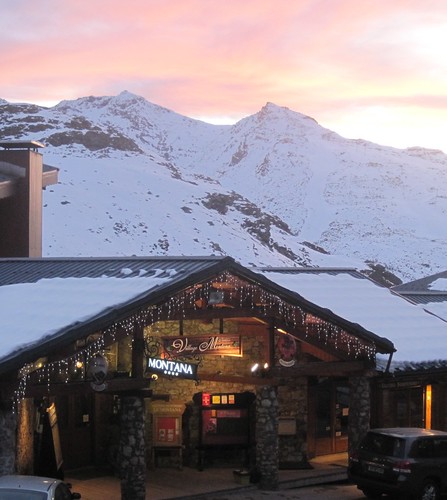 Our rooms were in the section of the development named Montana. Land of the "big sky" seemed appropriate for the high mountain location. As we waited for our suite to be assigned, I snapped a photo of the sun setting beyond the Alps. You know, they say, "red sky at night, sailors delight." I hoped that applied to snowboarding as well.
Our rooms were in the section of the development named Montana. Land of the "big sky" seemed appropriate for the high mountain location. As we waited for our suite to be assigned, I snapped a photo of the sun setting beyond the Alps. You know, they say, "red sky at night, sailors delight." I hoped that applied to snowboarding as well.

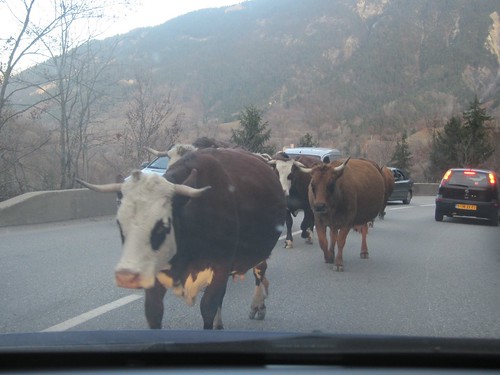
![Reblog this post [with Zemanta]](http://img.zemanta.com/reblog_e.png?x-id=787601af-7def-4637-a968-df89c9c771af)

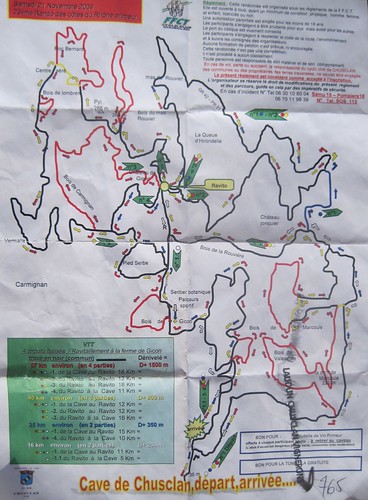

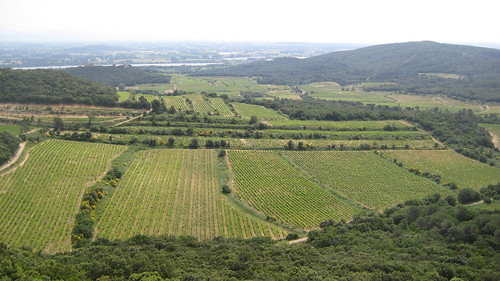
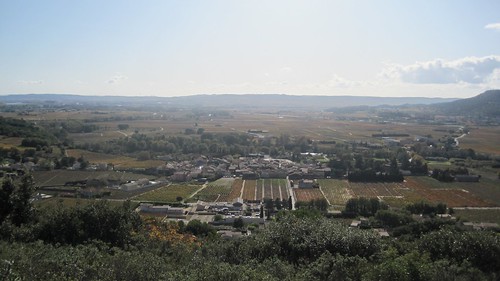

![Reblog this post [with Zemanta]](http://img.zemanta.com/reblog_e.png?x-id=2e90d0be-afc4-4500-8b82-0b6671324593)
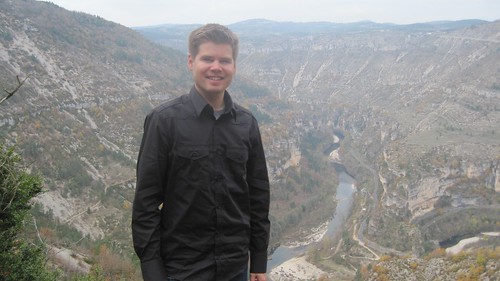
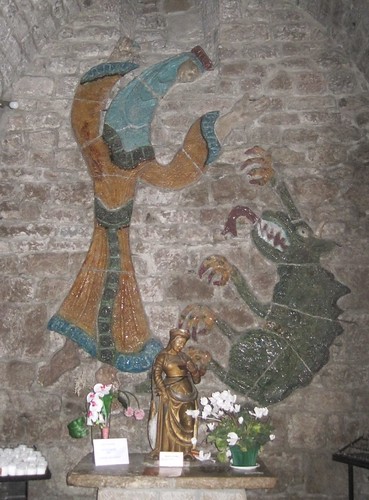
![Reblog this post [with Zemanta]](http://img.zemanta.com/reblog_e.png?x-id=bc607438-b95a-4efa-b9bf-581d6c1b5d32)
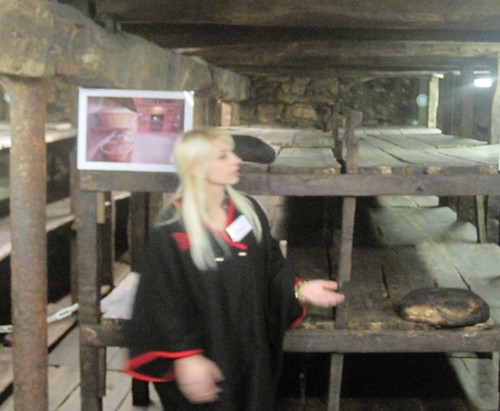
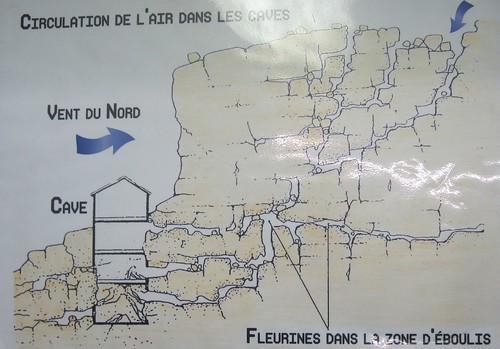
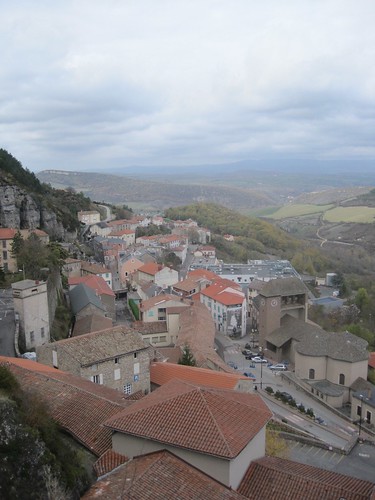
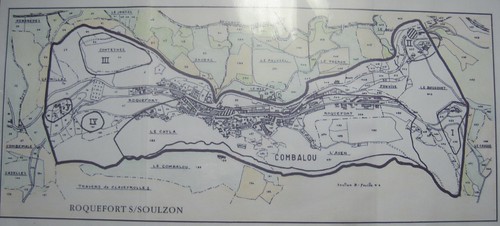

![Reblog this post [with Zemanta]](http://img.zemanta.com/reblog_e.png?x-id=b6932a32-4bed-477a-af45-b5cf98bc0ae8)
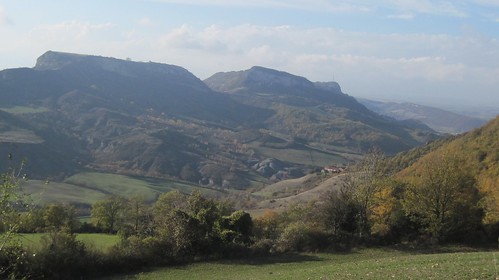

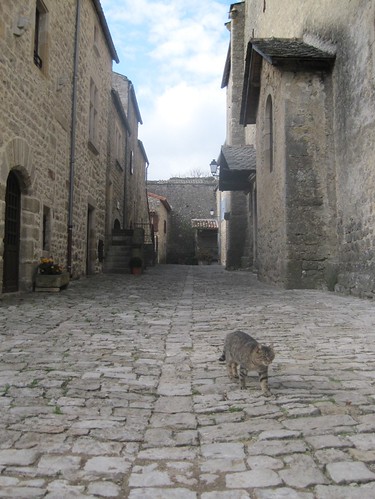
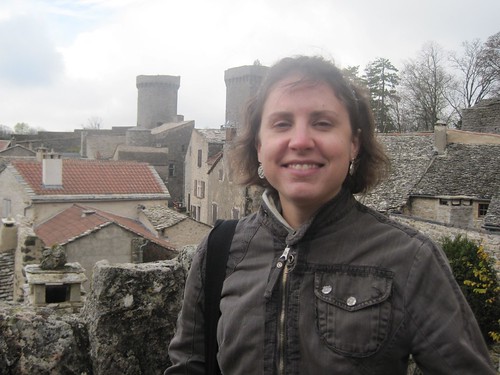

![Reblog this post [with Zemanta]](http://img.zemanta.com/reblog_e.png?x-id=0e62f28f-51ba-44cd-9abe-a91734d1d39a)
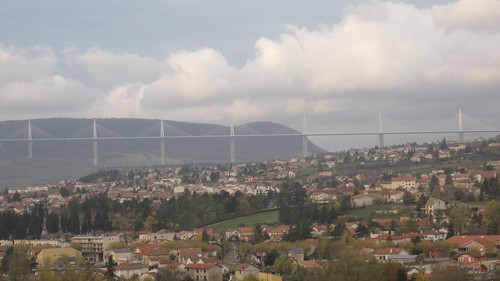
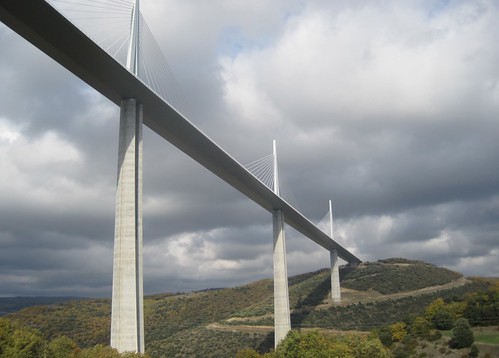
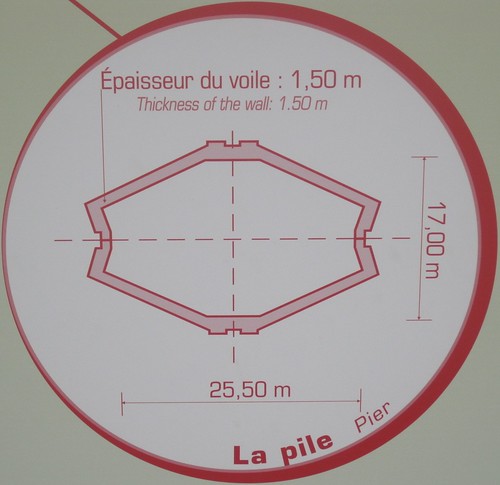
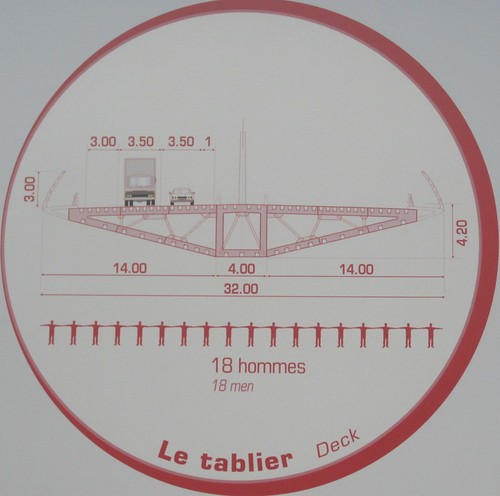
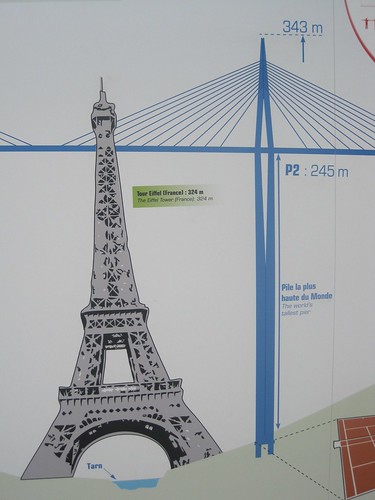
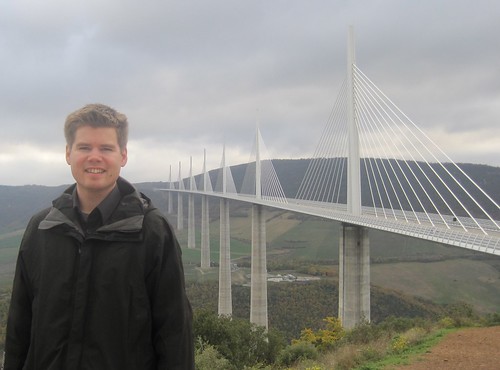
![Reblog this post [with Zemanta]](http://img.zemanta.com/reblog_e.png?x-id=4d388bc7-3540-4451-9dad-3775f74bc5ad)



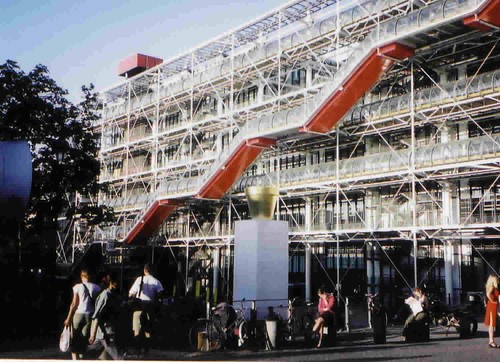
![Reblog this post [with Zemanta]](http://img.zemanta.com/reblog_e.png?x-id=03c907f2-257b-4603-8c18-183801797d68)




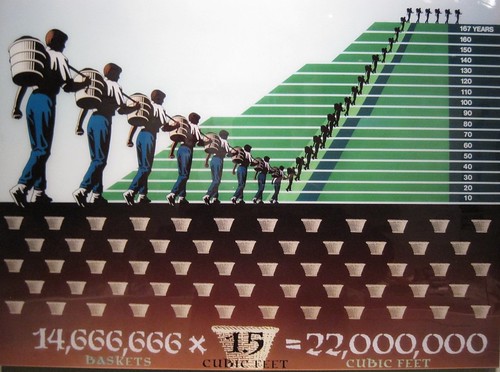
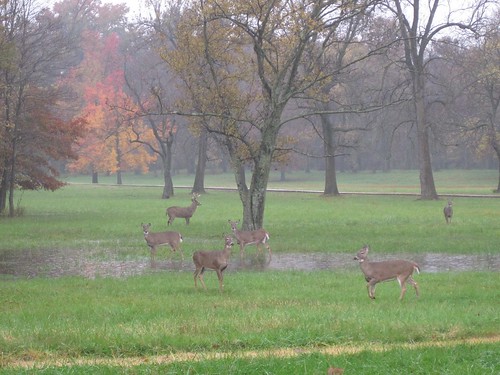

![Reblog this post [with Zemanta]](http://img.zemanta.com/reblog_e.png?x-id=e4edad29-3f7a-4b85-803f-8d2b44d3cc6b)
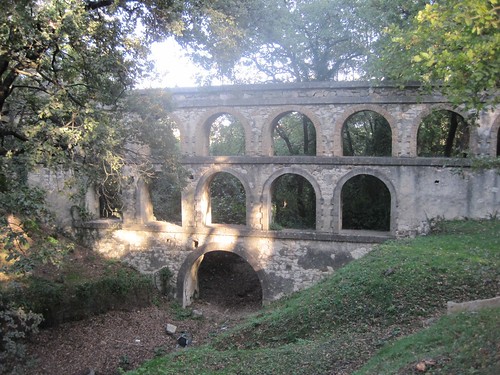
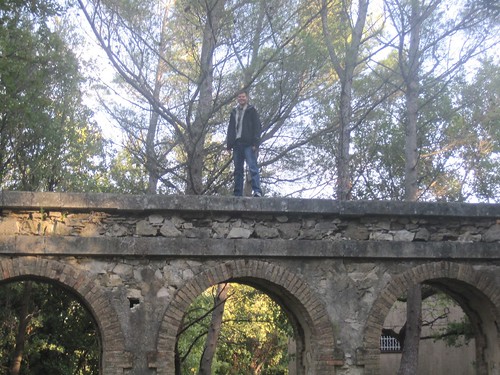
![Reblog this post [with Zemanta]](http://img.zemanta.com/reblog_e.png?x-id=74c9da2f-697a-48a4-bdc6-17a98fe872fb)

![Reblog this post [with Zemanta]](http://img.zemanta.com/reblog_e.png?x-id=c95b3a74-8717-48c9-8bce-5dbed3c5c145)
